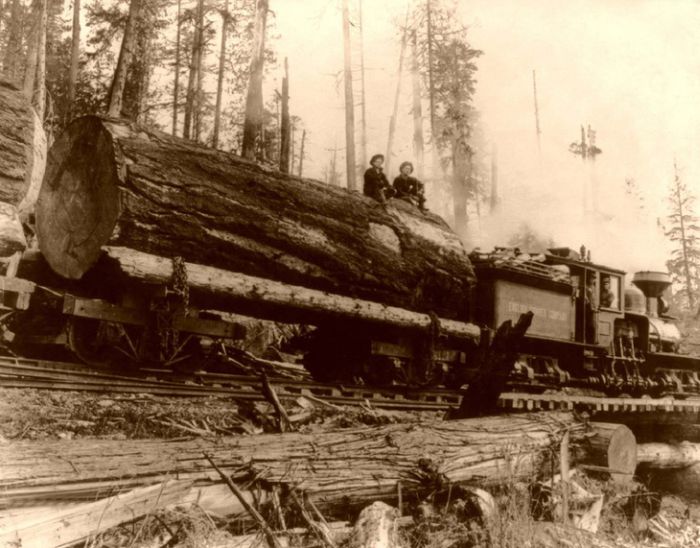|
|
History: Rail Transportation In The United States
|
The most culturally notable and physically evident exception to the general lack of significant passenger rail transport in the U.S. has been, and continues to be, the Northeast Corridor, which connects Washington and New York City with Boston and, jutting from those northern points, also other areas of Connecticut and Massachusetts. The corridor handles frequent train service that is both Amtrak and commuter. Meanwhile, New York City itself is noteworthy for high usage of passenger rail transport, meaning not just the New York City Subway system (which counts more as a short-haul metro system despite its fairly extensive network and relatively long lines) but also the Long Island Rail Road, the Metro-North Railroad extending into Connecticut, and links through the New Jersey Transit system to the Philadelphia-based Southeastern Pennsylvania Transportation Authority trains to points as far south as Newark, Delaware. The New York City Subway system is used by one third of all U.S. mass transit users.
Other major cities with substantial rail infrastructure include Boston, with its MBTA (nicknamed the "T") rapid transit, light rail, and commuter rail networks, and Chicago, with its elevated system and regional passenger rail system Metra. The commuter rail systems of San Diego and Los Angeles, Coaster and Metrolink, meet each other in Oceanside, California, which is a terminus for both systems.
Despite the difficulties outside the systems mentioned, U.S. railroads still carried 750 billion ton-miles by 1975 which doubled to 1.5 trillion ton-miles in 2005. In the 1950s, the U.S. and Europe moved roughly the same percentage of freight by rail; but, by 2000, the share of U.S. rail freight was 38% while in Europe only 8% of freight traveled by rail. In 1997, while U.S. trains moved 2,165 billion ton-kilometers of freight, the 15-nation European Union moved only 238 billion ton-kilometers of freight.
Railroad companies in the United States are generally separated into three categories based on their annual revenues: Class I for freight railroads with annual operating revenues above $346.8 million (2006 dollars), Class II for freight railroads with revenues between $27.8 million and $346.7 million in 2000 dollars, and Class III for all other freight revenues. These classifications are set by the Surface Transportation Board.
|
|









